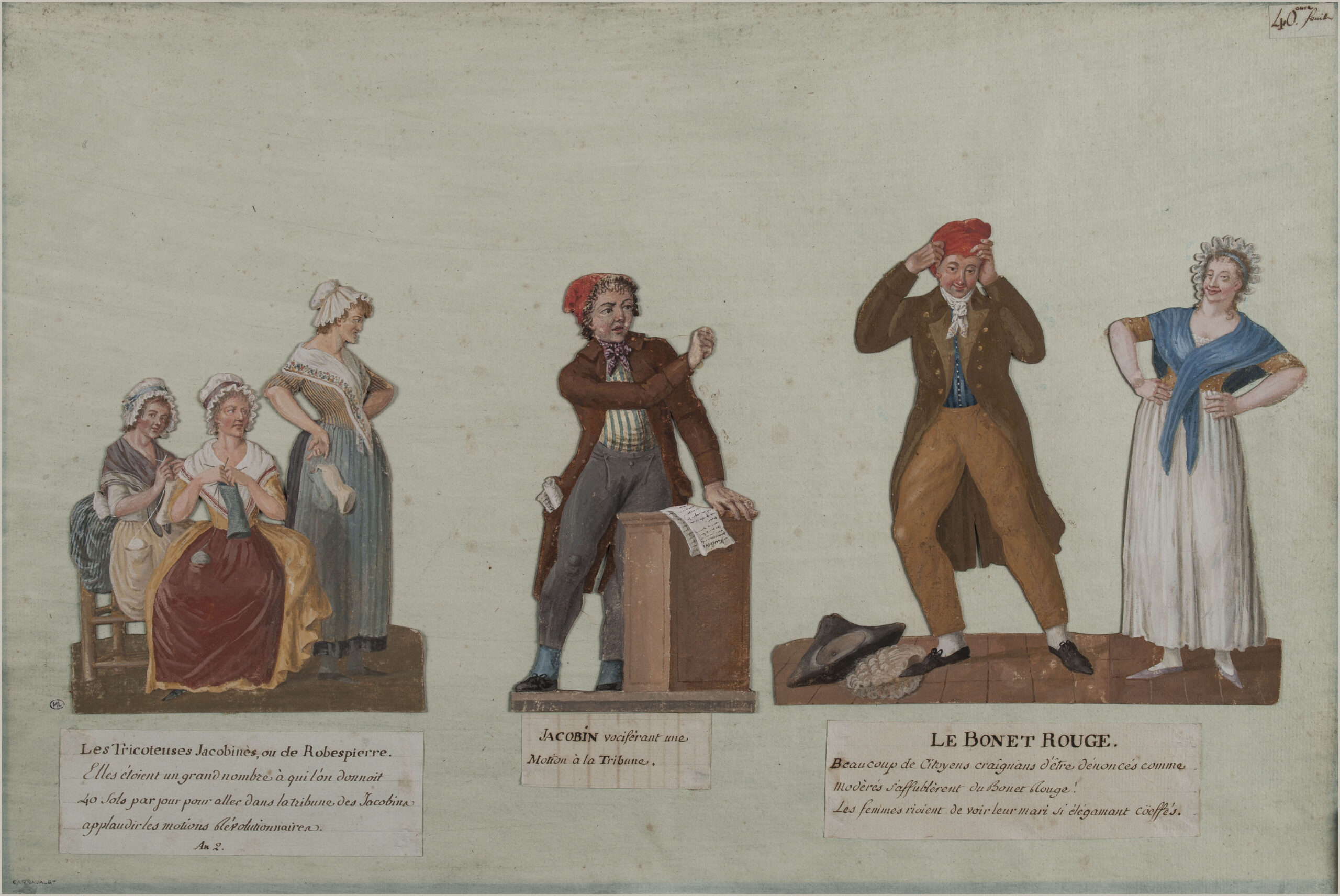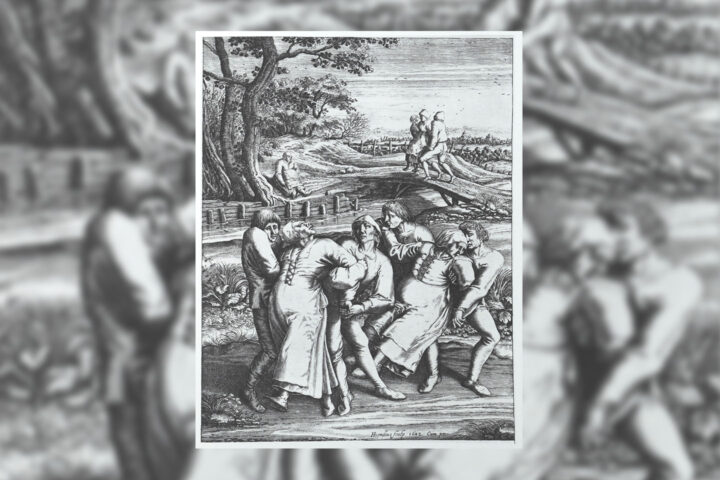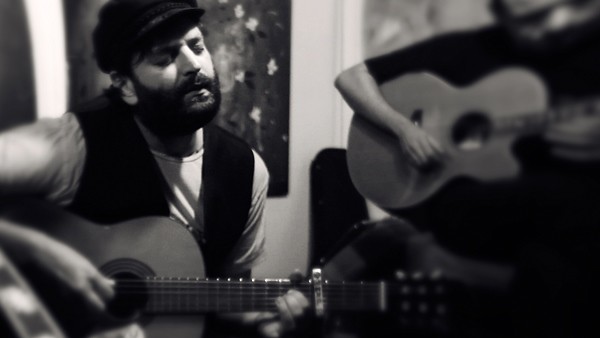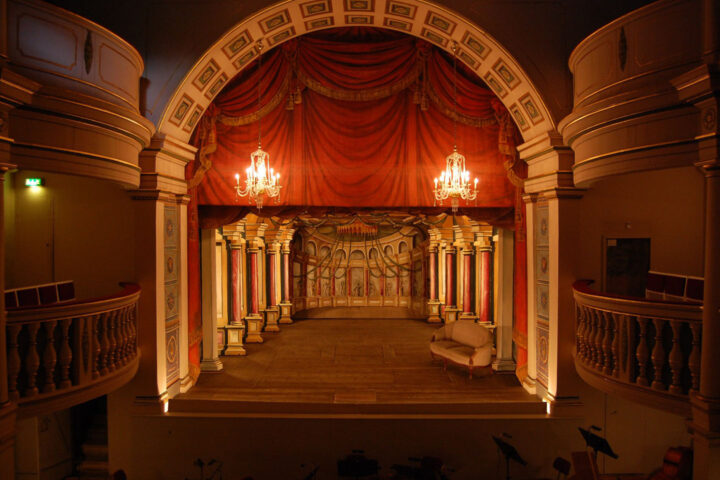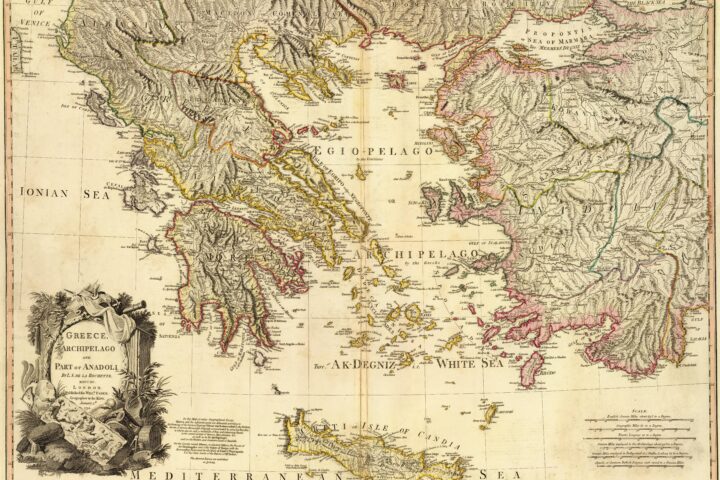Source: Wikimedia_Tricoteuses._D.9085_By Lesueur
Introduction
The French Revolution is one of the most epochal events in world history and is often read as a male-dominated upheaval. In reality, it represents a tapestry of complexities in which women were indispensible. Their contributions were simply irreplaceable in tending the kitchen to manning the barricades, and in the process, chartering the course that the revolution was eventually going to take. But their stories have largely been relegated to the peripheral vision of history. This paper appreciates the roles that women played in the French Revolution. It does not lose sight of their activism and sacrifice.
Women Pre-Revolutionary Society
In order to ascertain the role women played in the French Revolution and their impact should be analysed through situating their status in society that existed before the revolution. They were exclusively domestic, important legal and social rights were denied to them. They were completely under the control of their fathers and later husbands, and they possessed no legal identity. Economic activity was minimal, and marriage was generally regarded as a matter of financial suitors.
This hardly made women passive entities of society. They continued to be the backbone of the economy in balancing household budgets and engaging in petty trade. A large number of women were literate, active in intellectual circles, and contributed to the Enlightenment ideas which also fueled the revolutionary spirit.
The March on Versailles: Women as Catalysts
The French Revolution took place due to the rising price of bread, as the prices of food spiked up and hunger-stricken millions prepared the ground for it. Thousands of women, mainly from the lower classes, marched down the streets of Paris headed for Versailles on what would later be known as the March on Versailles. Women, particularly the “fishwives,” would go in a delegation to ask the king for bread.
“It was a procession armed with kitchen utensils and guided by the unanimous feeling of desperation. They marched the thirteen miles to Versailles, confronting members of the royal guard, and eventually forcing the royal family to return to Paris.” This would prove to be another defining moment in the revolution, an act of defiance that showed that women could organize and effect change.
Women and Political Activism
The European portion of the French Revolution belonged to women in a time of unprecedented political involvement that saw their own political clubs open, debating revolutionary ideas, and demanding equal rights. Very famous as a feminist and a playwright, Olympe de Gouges became one of the most prominent voices for women’s emancipation. She wrote the Declaration of the Rights of Woman and of the Citizen in 1791, in which she expressed her firm support for women’s rights and rejected the perception that females were inferior to males, thus looked for equality in all scopes of life.
In spite of efforts by women, individuals such as de Gouges, the revolutionary government itself was not interested in any political rights that give women equality. Divorce, together with inheritance rights, was among the strides made, but they did not address the core issues of suffrage or any other public office. Nevertheless, this realized the foundation of laying up for further feminist struggle.
The Tricoteuses: Women as Symbols of Revolutionary Power
The Tricoteuses have gone down in history as a stereotype of the revolution: women who knitted while attending the revolutionary trials. They are always described as fierce, strict, and unyielding in depictions done by many, but they were much more than mere public observers. They symbolized the power of women and of the people, like the people’s growing involvement in the revolution.
While knitting appears to be a usual practice, it represented a sort of collective action on the part of the Tricoteuses. They knitted just as a pastime activity that would keep them busy but also as a way of communication of support for the revolution. They were very vocal in their opinions—sometimes to a fault—because they would heckle and even heckle those seen as counter-revolutionary and hurl insults; hence, they would create an intimidating scene, which more so practically affected the trials taking place since they had an eye from the people.
The Fall of Women’s Influence
The French Revolution would not fulfill its early promise to enhance the lot of women. As the Revolution radicals grew ever more extreme and bloody, so too did the status of women suffer. The guillotine and Terror-the period of mass executions and political repression during which it was used-hushed many a woman’s voice. Olympe de Gouges was guillotined for her loud criticism of the government.
Napoleon Bonaparte saw a restoration of the older patriarchal order and focused on family life with women in the domestic domain. It cannot be denied that under his aegis, some reforms were made to the benefit of women; for example, the Napoleonic Code granted women some legal rights, but other policies reinforced the patriarchal structures.
Whereas the political and social dimensions of women’s contribution to the French Revolution have been very well explored, their economic contributions are relatively underappreciated. Women had played their role beyond just being the passive victim in conditions of economic hardship; they were active agents in shaping the economic landscape of the revolution.
Before the revolution, the economy relied quite heavily on women’s work. The workforce fields—agriculture, textile production, and domestic service—were witnessing large participation among women. However, it was the women who were hit hardest by the crisis that presaged the revolution, characterized by high bread prices and general economic instability. As household caretakers, they were likely to be the first to feel the pinch if the family income dwindled.
The revolution did also create some avenues for women in the area of economic betterment. With the breakdown of trade hierarchies, there arose a lot of new opportunities for women to be involved in the economy. More than a few women seized this opportunity to mount small business establishments or simply to trade. Yet, these were limited and the economic climate remained still precarious.
The economic policies of the revolutionary government had a consequential impact on women. Consequently, though it made corrections to ameliorate food scarcities and control prices, women finding ways to secure these essential goods remained a difficult and laborious task. Price controls on essentials such as bread kept the cost within reach, but those same controls also created shortages and black markets—evermore work for the woman of the household.
The French Revolution, therefore, was a moment full of events of cultural upheavals, and at the center of these were women responsible for the creation of the new cultural landscape. While the revolution was proclaimed an exponent of liberty, equality, and fraternity, it was no less a time of tremendous trial in social and political circumstances.
Women’s participation in public life had never before occurred. In fact, they frequented the political clubs, engaged in the debates of revolutionary ideas, and even took part in public demonstrations. This level of visibility radically changed the roles and expectations associated with gender. Cultural transformation within the revolution was equally complex and contradictory.
Though, some women were already upholding the revolutionary ideals of reason and citizenship; others were sticking to their traditional values. The cult of domesticity was, therefore, a still-strong emphasis on the role of the wives and mothers, especially taking caution against the image of an independent woman who was emerging, that being politically involved. Interaction of the traditional with modern ideals set women’s experiences and aspirations in relief.
What is more, the focus the revolution gave to reason and secularism displayed a challenge to the place of religion in women’s lives. While the influence of the Catholic Church was in decline, some women supported the new secular order, while others were in staunch opposition to it. For women, religious practices gave a sense of community and comfort, even if it is in the form of popular piety.
The Legacy of Women in the French Revolution
The French Revolution proved to be a milestone in women’s rights history. It did not incarnate complete equality between women and men, but it surely established the ground for further feminist fights. These ideas—liberty, equality, and citizenship—were central to the Revolution and served to inspire women with issues of their own rights and to struggle against patriarchal structures.
The legacy of women’s involvement in the revolution is complex and manifold. On one hand, it is a great step toward the struggle for gender equality. On the other hand, the failure of the revolution in its promises to women shed light on the existing chronic problems women still face in their struggle for equal rights.
The women of the French Revolution proved to have not failed in leaving an ever memorable history; their courage, resilience, and determination became nothing but a great inspiration to all generations. Understanding how these women lived through their experiences helps put into perspective the enumerations that the Revolution carried along and the ordeals incurred in the quest for gender equality.
The role women played in the French Revolution is therefore dramatic of their action and resilience. Their participation in the economic, political, and cultural life in the nation was a must-initiate for the progress of the revolution. The revolution, though it failed to grant women full and equal status, it was a big turning point for the struggle towards that end.
The role of women in the French Revolution varies from a prominent position at the very beginning, in the March on Versailles, to their membership in political clubs, where they tried to contribute to structure. Although their successes were to be cut short, their legacy as pioneering women’s rights advocates survives.
By recognizing the contribution of women in this revolution, we can obtain an approximate, full, and nuanced understanding of this period in history. Their stories inspire us to further the fight toward gender equality and challenge dominant narratives that silence women’s voices in history.
Sources:
- https://blogs.loc.gov/international-collections/2020/07/women-in-the-french-revolution-from-the-salons-to-the-streets/#:~:text=When%20the%20French%20Revolution%20began,captivated%20women%20from%20all%20backgrounds.
- https://en.wikipedia.org/wiki/Women_in_the_French_Revolution
- https://revolution.chnm.org/exhibits/show/liberty–equality–fraternity/women-and-the-revolution
- https://sms.hypotheses.org/25827

